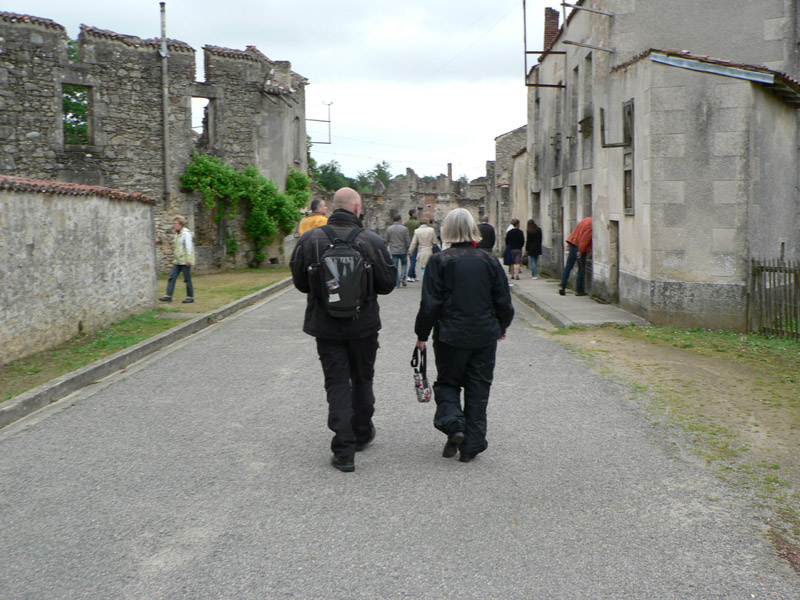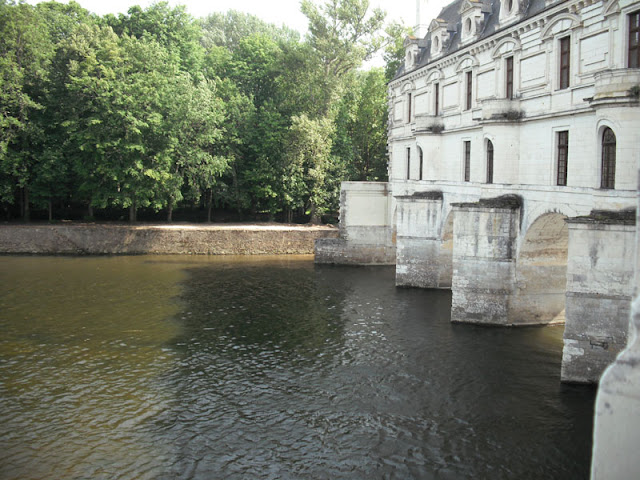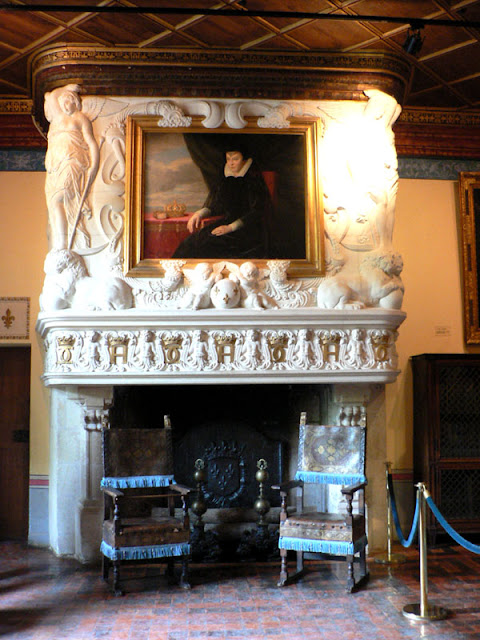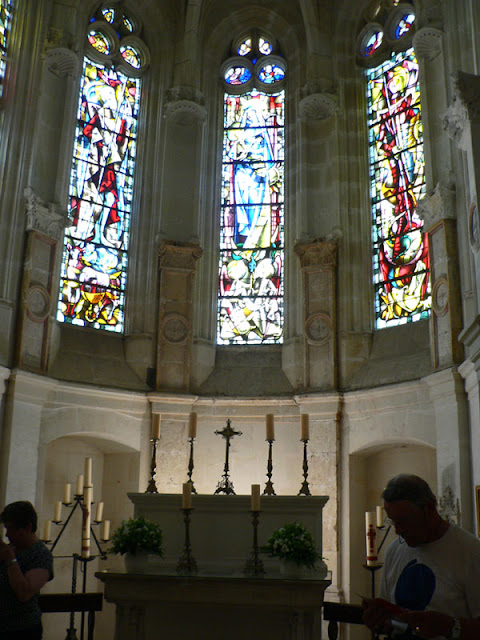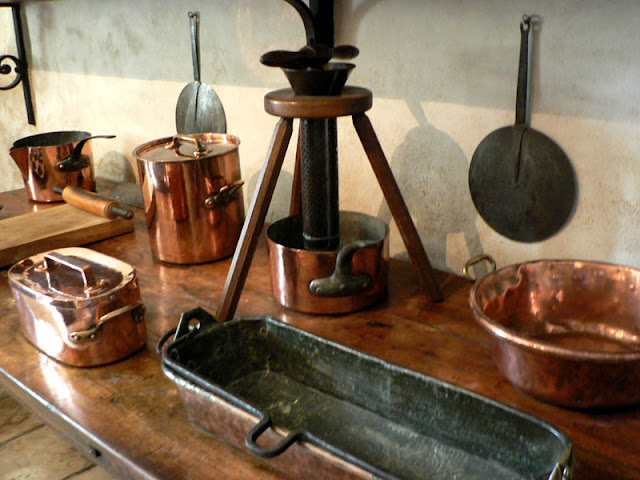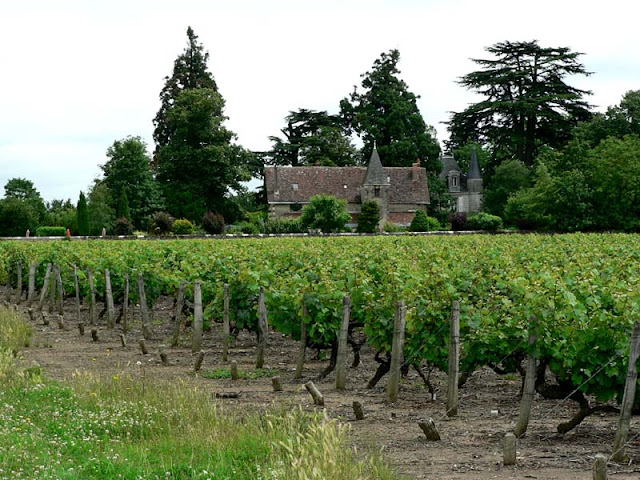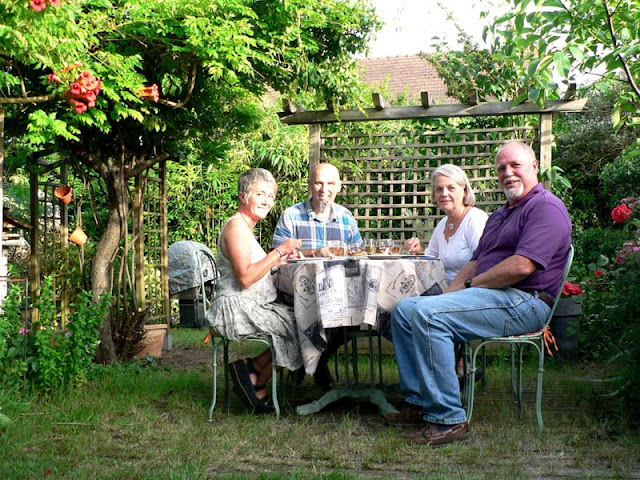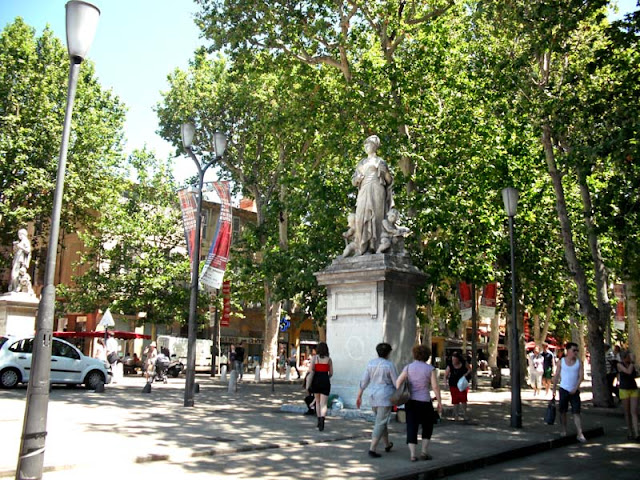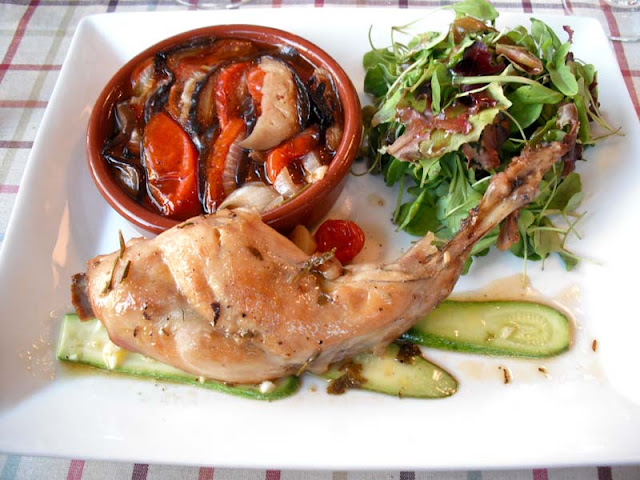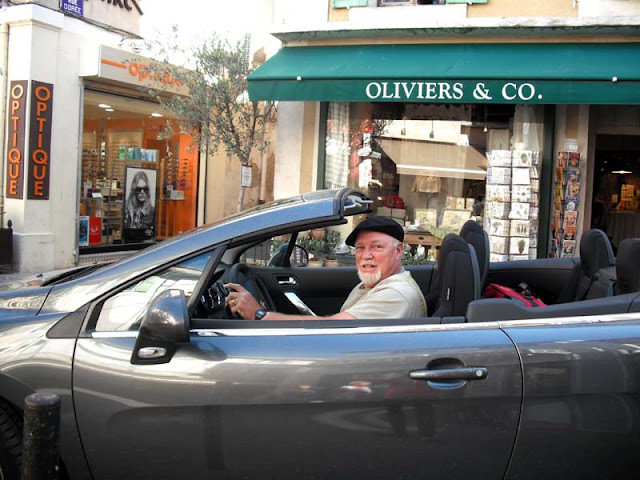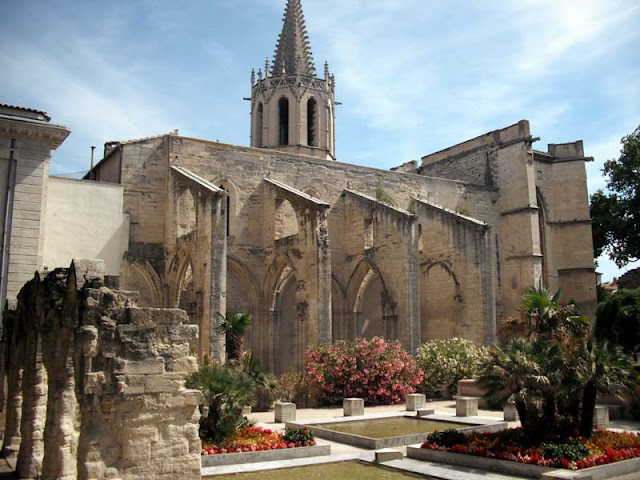Every castle has a story. You can feel it in your bones when you explore the magnificent rooms. The story that Chenonceau tells is one of political intrigue, great love and longing, jealousy and revenge. Chenonceau has come to be known as “The Ladies’ Chateau”.
Built in the early 1500’s on the site of a demolished fortified castle, Chenonceau is completely surrounded by the river Cher. It came to be known as the Ladies’ Chateau because of the women who called it home.
Diane de Poitiers was the mistress and great love of King Henry II of France. In 1547 he gave the chateau to her and spent much time there with her entertaining members of the Court. She had great influence over him and gave him advice about matters of State. She was both intelligent and beautiful. Diane was 18 years older than Henry II, but her beauty was such that it only improved with age. She decorated the rooms and planted a magnificent garden.


Catherine de Medici was Henry II’s wife. She was from a prominent Italian family and was betrothed to Henry when they were both 14 years old. Part of Italy would fall under French control with their union. She fell in love with her husband, but he did not return her passion. Though she bore him 10 children, he preferred the company of Diane de Poitiers. Henry was mortally wounded in a jousting competition in 1559. Catherine kept Diane away from his death bed and when he died a few days later, she removed Diane from Chenonceau and took up residence there herself.
She hung her own portrait in Diane’s former bedchamber. The fireplace was designed by Jean Goujon, a French sculptor. Two Henry II armchairs covered with Cordoue leather flank the fireplace.
The room became Catherine’s bedchamber and she decorated the ceiling with the intertwined letters of C and H. The chamber is beautiful with its two Flanders tapestries.
Catherine designed her own garden adjacent to Diane’s garden. It is a more intimate space offering the “perfect image of refinement”. Upon Henry II’s death Catherine became Regent. Her son and heir to the throne Frances II, at fifteen, acquiesced to her wishes and Catherine ruled France from her rooms at Chenonceau. They were turbulent times and Catherine’s duties were burdensome. If you would like to learn more about the life and times of Catherine de Medici and Diane de Poitiers, Princess Michael of Kent has written a richly woven history of that time called The Serpent and the Moon; Two Rivals for the Love of a Renaissance King. I haven’t read it yet, but the reviews say that Princess Michael has a bias in favor of Diane. From what little I have read of Catherine’s life, I would look more kindly on her position.

In the 18th century Louise Dupin was the mistress of the chateau. The previous years had found the chateau in a steady decline through neglect and the lack of a royal presence. Louise’s husband Claude Dupin, a rich farmer and general, bought the chateau from the Duke of Bourbon. Louise established herself there, restoring the rooms and grounds. She was an exquisite creature of the Age of Enlightenment and held salons with the elite among writers, poets, scientists and philosophers. Her guests included among others,Voltaire and Jean-Jacques Rousseau.

While visiting Chenonceau we saw an exhibit of Rousseau’s writings and philsophies. He had much to say about food and diet. “On his plate, he refused out-of-season produce, costly and sophisticated preparations and exotic dishes that cost the earth since they had to be transported a long way and sauces that were as complicated as they were indigestible Everything in moderation. Meats needed to be grilled and not consumed in excess. Dairy, fruit and vegetables were strongly advised. Butter was not used for cooking and salt was scarcely recommended. Nor were fried food and fat laden sauces. As for drastic diets, he rejected them, preferring regular exercise. But it is noted that while at the rich table at Chenonceau he ignored his beliefs about food and put on weight. Here is another of his beliefs.
Hmmmm. Very interesting. His philosophies still have an audience today. But that’s the first time I have heard that eating meat will make you cruel.
One of the accomplishments of Louise Dupin was vital to Chenonceau. During the French Revolution she was able to save the chateau from being destroyed by the marauding political groups. The chapel attached to the chateau was stacked high with wood and declared a storage area. Religious symbols were a target of the movement at that time. It is ironic that Rousseau, while a guest in the chateau, was preaching the very ideas of equality and justice that almost destroyed the chateau for the Dupin family and generations to come.
During the First World War, Chenonceau was turned into a hospital. The kitchens were modernized to feed the patients and staff. That stove is a thing of beauty.
Not much needed to be done to the spit in the fireplace.
The copper pieces were magnificent. I wanted to take them home. Do you know what the three legged device is?
I also loved this old ceramic mold.
Today Chateau de Chenonceau is classified as a Monument Historique by the French Ministry of Culture. It is the second most visited castle in France after Versailles. That ends our visit to Chateau Chenonceau; a castle with a long, long story to tell . . . . if you just listen. This is dedicated to my parents. Today would have been their 69th wedding anniversary. They were lucky to have found the love of their lives in each other.




